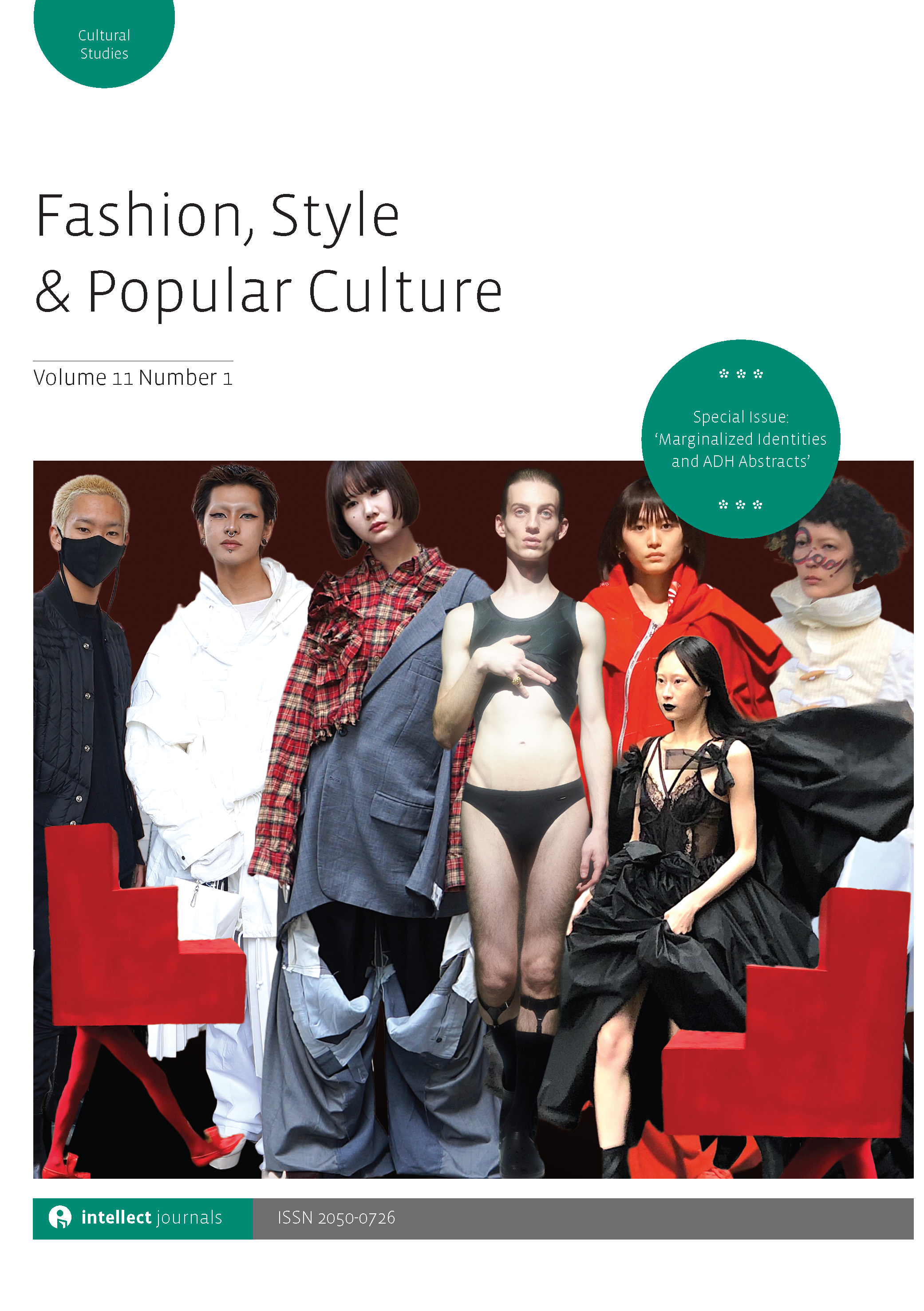
Full text loading...

 , Nadine Hussam Khair1
, Nadine Hussam Khair1 , Tala Murad1
, Tala Murad1
This study explores the motives behind preferring luxury fashion-branded items and consumers’ perceptions towards copycat brands. A qualitative approach has been adopted in this research as narratives were obtained from 22 participants. Participants share their thoughts on the reasons for preferring luxury fashion-branded items and the meanings they associate with copycat brands. The results and conclusion of the current study indicate that the key reason for purchasing luxury fashion-branded items is status elevation and the urge to conform to and be associated with specific social norms and classes. Therefore, they tend to consume copycat brands because of their inability to purchase authentic brands and of the elevation of status and conformity associated with luxury fashion-branded items. This research also provides insights into understanding the different motivations resulting in the consumption of copycat brands. Precisely, this research underlines the importance of country of consumption in reflecting positive perceptions towards copycat brands. As a result, this research is the first to consider the relationship between the country of consumption and the acceptance of consuming copycat brands among individuals who are affected by status elevation motives and social norms.

Article metrics loading...

Full text loading...
References


Data & Media loading...
Publication Date:
https://doi.org/10.1386/fspc_00250_1 Published content will be available immediately after check-out or when it is released in case of a pre-order. Please make sure to be logged in to see all available purchase options.